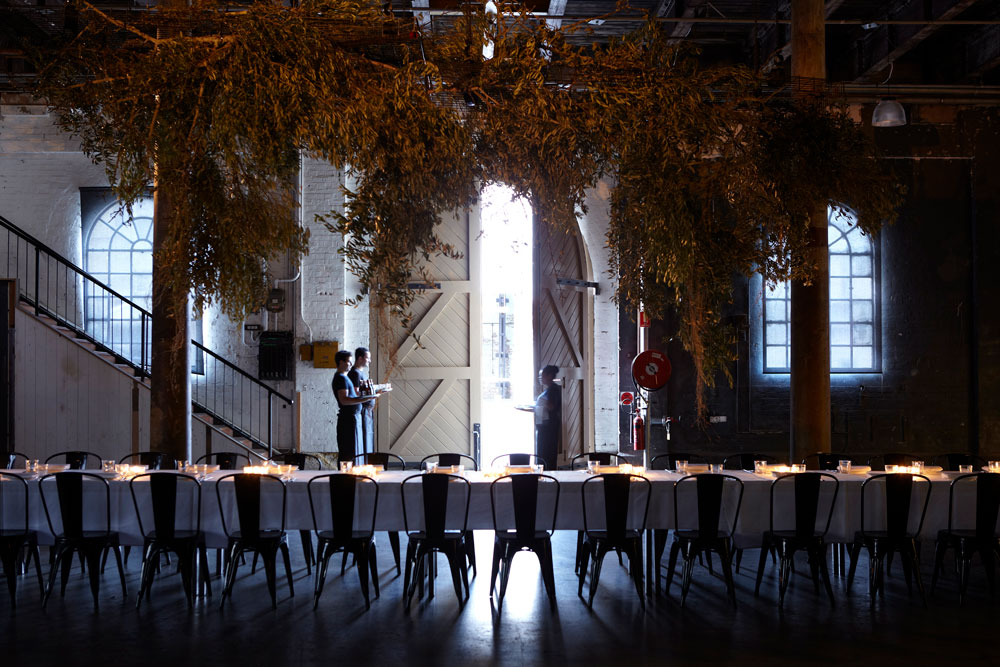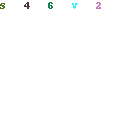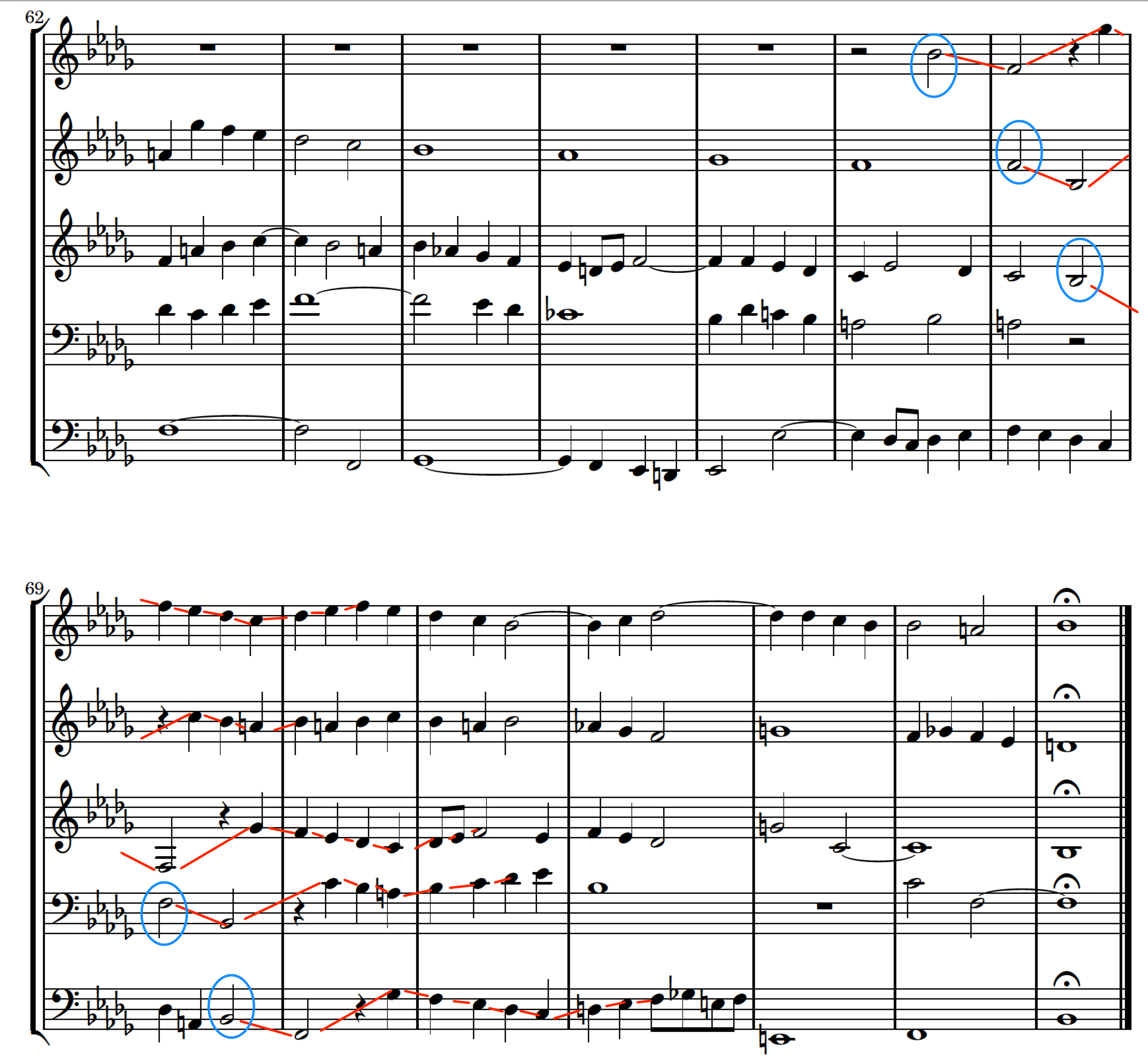Virginia Woolf and the “Cotton Wool of Daily Life.
This chapter first explores how Woolf associates the ordinary with prose rather than with poetry—a distinction that emphasizes how the genres were becoming less distinct, as both aimed to represent the “dirty work” typically associated with prose. The chapter then examines the significance of what Woolf calls “the cotton wool of daily life” in relationship to literary realism.
Why are we over-parenting, and what damage is it doing our children? Author of Cotton Wool Kids on why parents are more paranoid, stressed and competitive than ever before.
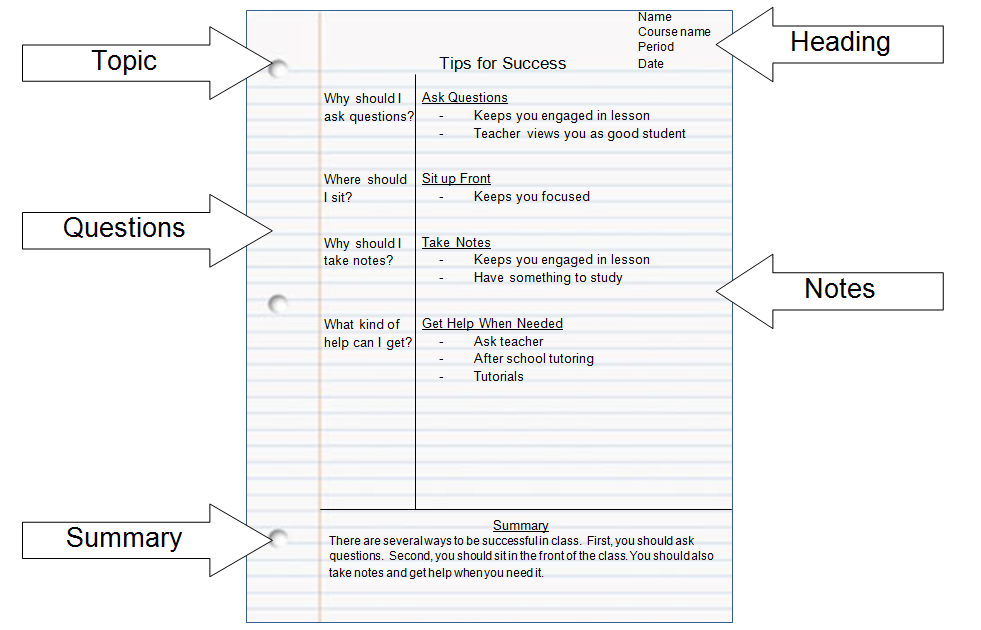
Wool is the common name applied to soft, curly fibers gathered from the fleece of domesticated sheep, used in textile manufacturing. Wool may be distinguished from hair by looking at the scales that cover the fibers. Because it is curly and crimped, wool has considerable resilience or elasticity.

Your closets and drawers are filled with clothing made of cotton, the most commonly used fiber in the United States. Some of your favorite T-shirts, jeans, sweaters, blouses and undergarments originated from the humble cotton plant because of its many advantages. Nothing is perfect, though, and cotton clothing also comes with a few disadvantages.
Wool is the textile fiber obtained from sheep and other animals, including cashmere and mohair from goats, qiviut from muskoxen, hide and fur clothing from bison, angora from rabbits, and other types of wool from camelids. Wool consists of protein together with a small percentage of lipids. In this regard it is chemically quite distinct from the more dominant textile, cotton, which is mainly.

Wool is the hair of certain mammals.Most wool comes from sheep and goats, but wool is also taken from camels, llamas, and special rabbits. Wool is a natural material. People use wool fiber to make clothing, blankets, and other things to keep warm.It is usually used to make outer clothing but is also used to make blankets, socks, sweaters and fine clothing.
List of best Cotton wool essays, topics - argumentative, MLA, APA format. Read our writing help and prompts with samples on Cotton wool for more insights.

Wool is the hair of certain mammals. Most wool comes from sheep and goats, but wool is also taken from camelids ( camels, llamas, etc.) and special rabbits. Wool is a natural material. Wool is also the name for the material made from raw wool; people use wool cloth to make clothes, blankets, and other things to keep warm.

Hoechst Fibers Industries also played a part. They conducted various studies from 1981 to 1983 and found that 89% of people could not distinguish between polyester and other natural fibers like cotton, wool and silk. Also, it was found that people were more interested in the appearance of the apparel than the fabric it was made of.
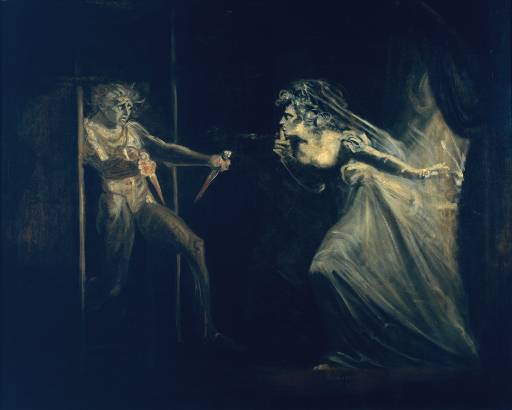
Cotton is a natural, soft fiber that grows with the seeds of the cotton plant. (Fiber is long and thin, like hair.)After, the cotton fiber is gathered from the plant, it can be spun into cotton thread. The cotton thread can then be made into cloth.The cloth can be used to make clothes for people and many other things.

These organic cotton wool balls are soft and ideal for a wide range of use from first aid and beauty routines. Today, 25 percent of all insecticides are used in the growth of conventional cotton. Simply gentle works in harmony with the environment to support biodiversity using a natural pest management system. The simply gentle's organic cotton.
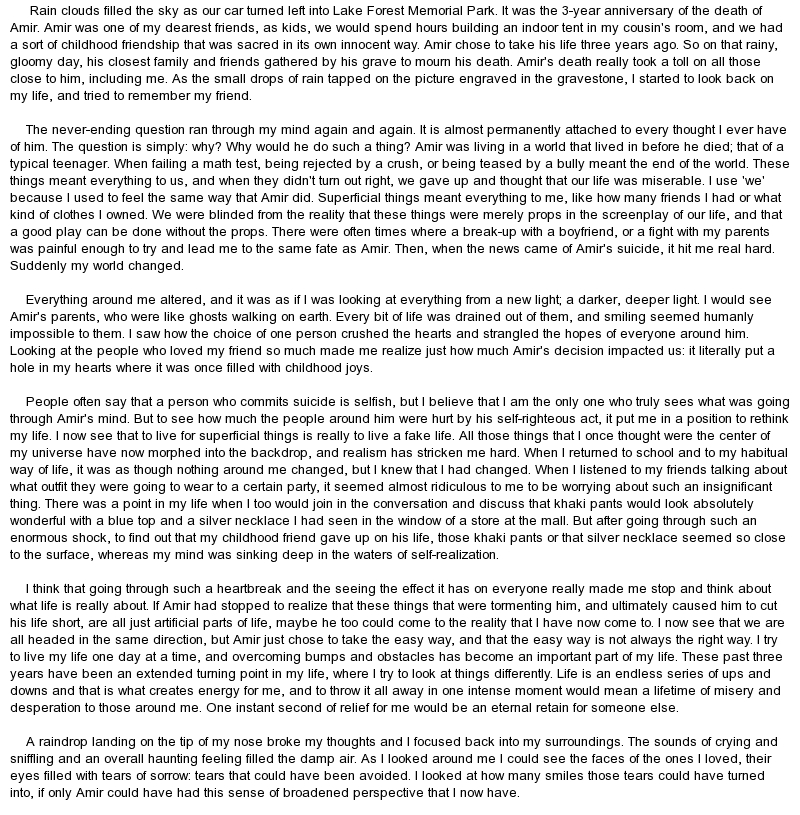
How to Make Paper from Cotton Balls. How to Make Paper from Cotton Balls Kim Hoyum Pin Share Tweet Share Email You can make paper at home to teach children about the ancient art of papermaking, or to create supplies for use in crafts. It can be accomplished with simple household materials and tools, although papermaking kits and equipment also are available.

Fabrics All fabrics are created from tiny hair-like fibers. These can be less than an inch in length or long, strands that goes on and on. These fibers are mixed by twisting them together making a yarn. The yarns are woven, knitted or they are ironed onto the fabric. Manufactured Fibers.

